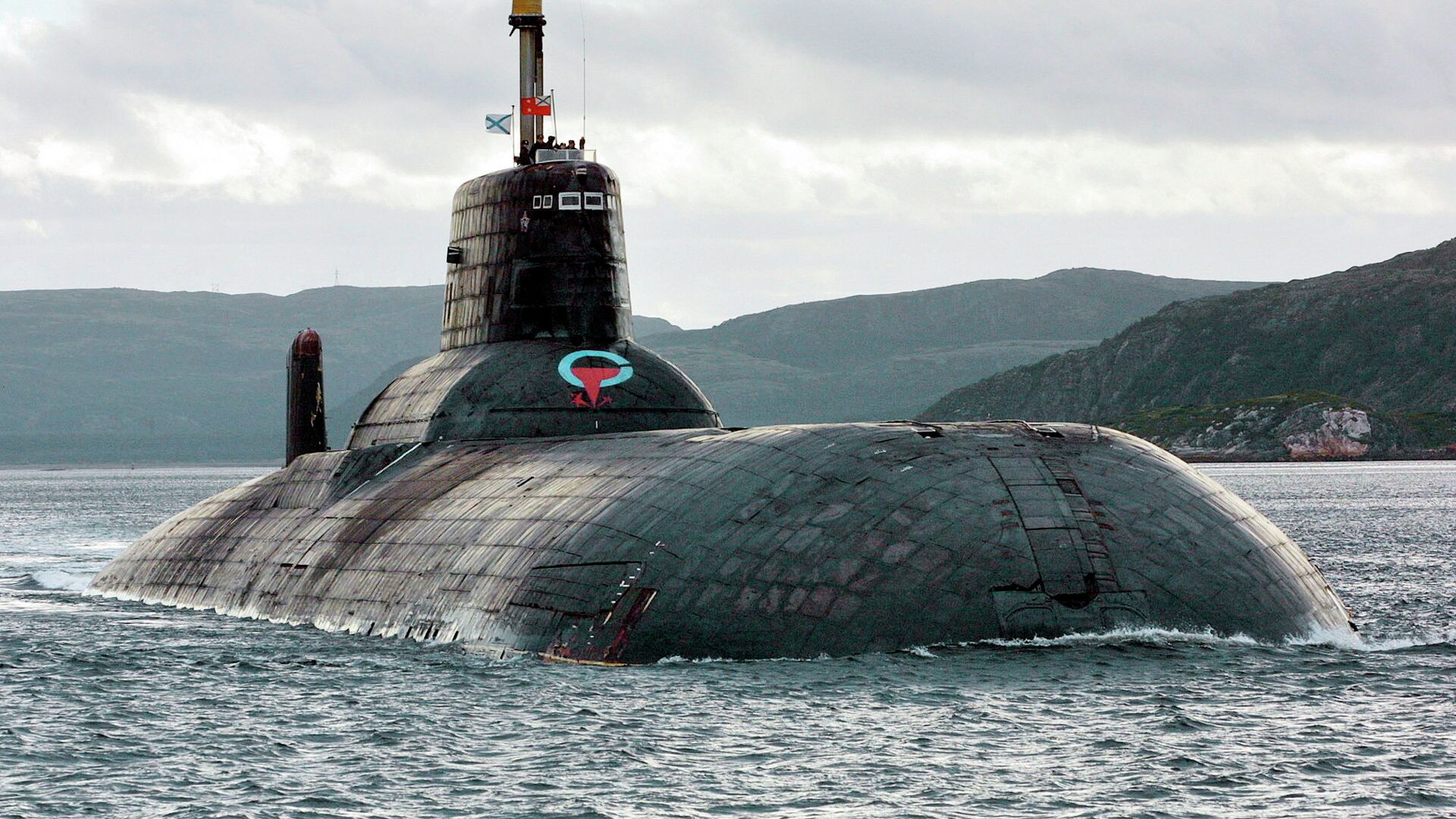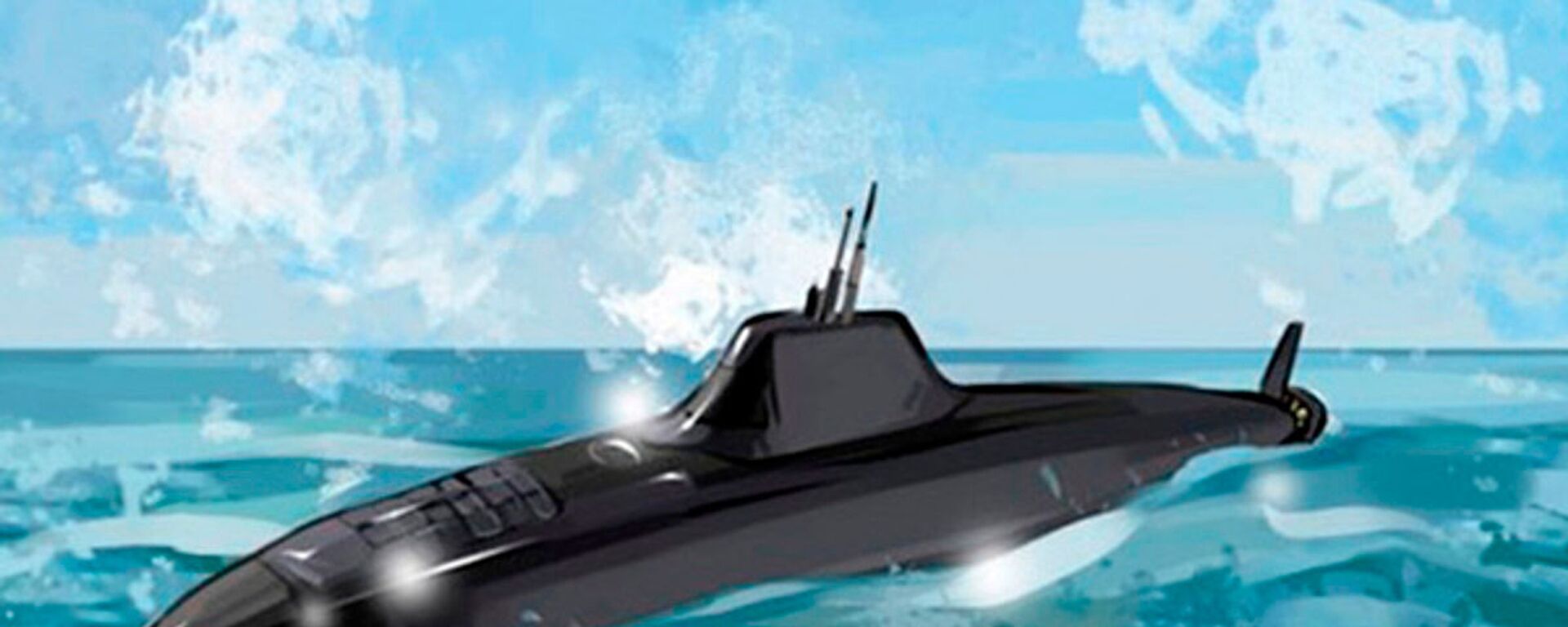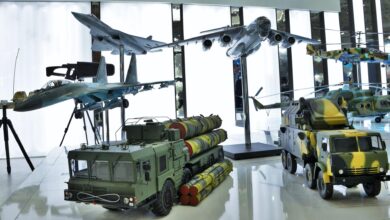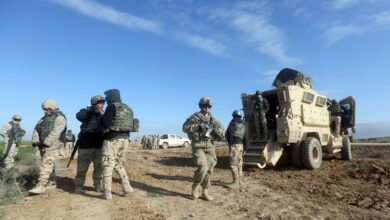Russian ‘Atomic Sharks’: What is Known About World’s Largest Nuclear Submarines?
One of Russia’s largest Soviet-built nuclear submarines, Typhoon (Akula) class, which remains the world’s largest with the displacement of about 25,000 metric tons (27,500 tons) heaves ahead in the Barents Sea at Russia’s Arctic Coast in this September 2001 photo
On September 23, 1980, the first of the Project 941 Akula-class (lit. Shark) nuclear-powered submarine was launched from the Russian port of Severodvinsk.These submarines became the largest in the world in terms of tonnage (23,200 tonnes surfaced and 48,000 tonnes submerged), with their prodigious size being a necessity rather than some kind of statement.The Akulas, designed as a response to the US Ohio-class submarines, were armed with 20 R-39 ballistic missiles. These missiles, while possessing greater range and bigger payload than Trident-1 missiles carried by the Ohio subs, were also much bigger and heavier than Tridents, thus necessitating a bigger carrier.Nearly 173 meters long (172.8m) and 23.3m wide, an Akula submarine is comprised of five habitable compartments, each of which is encased in its own outer hull (all within the vessel’s main outer hull) – a composition that ensures the submarine’s survivability.Aside from the 20 R-39 submarine-launched ballistic missiles (each carrying up to ten MIRV thermonuclear warheads), the vessel is also equipped with six 533mm torpedo tubes capable of launching torpedoes and anti-submarine missiles. MilitaryRussia’s 5th-Gen Submarines to Get 20% Thinner Coating8 July, 14:21 GMTAkula’s design allows the submarine to smash through ice as thick as 2.5m while surfacing without sustaining damage.The size and mass of the R-39 missiles (16 meters long and weighing 84 tonnes each) prompted the building of special cranes capable of lifting these weapons and loading them onto the submarine.Special transport vessel Alexander Brykin equipped with a 125-tonne loading crane was also built. This ship could reload Akula’s missile launchers at sea, in case of a nuclear war breaking out when the destruction of the loading facilities in ports was likely.
MilitaryRussia’s 5th-Gen Submarines to Get 20% Thinner Coating8 July, 14:21 GMTAkula’s design allows the submarine to smash through ice as thick as 2.5m while surfacing without sustaining damage.The size and mass of the R-39 missiles (16 meters long and weighing 84 tonnes each) prompted the building of special cranes capable of lifting these weapons and loading them onto the submarine.Special transport vessel Alexander Brykin equipped with a 125-tonne loading crane was also built. This ship could reload Akula’s missile launchers at sea, in case of a nuclear war breaking out when the destruction of the loading facilities in ports was likely.




